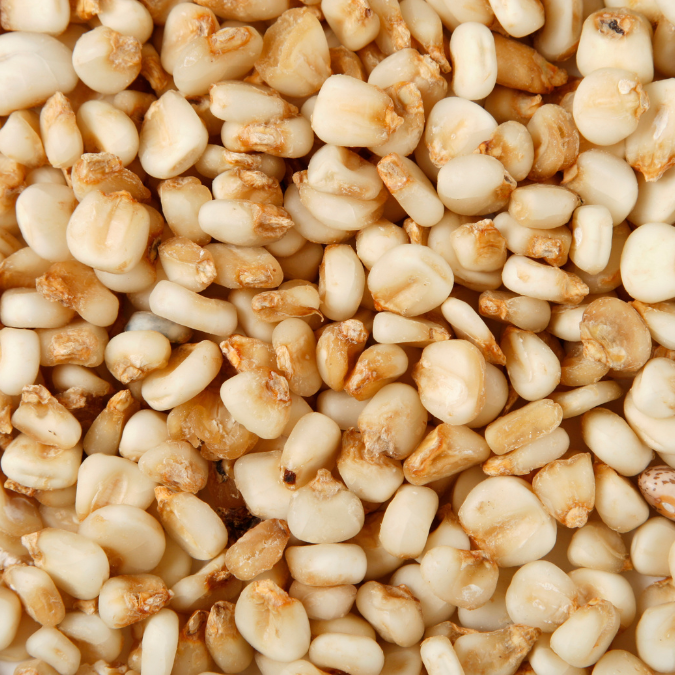With the growing awareness and prevalence of gluten-free diets, questions about various foods and their gluten content have become more common. One such food that has puzzled many is hominy. “Is hominy gluten-free?” you might wonder. Let’s unravel the mystery behind this traditional ingredient and determine its place in a gluten-free diet.
Hominy: A Quick Introduction
Hominy refers to dried maize (corn) kernels that have undergone a special process called nixtamalization. This process involves soaking and cooking the corn in an alkaline solution, typically lime (calcium hydroxide) or wood ash, then washing and hulling it. The result is a puffy, chewy kernel that’s ready for further cooking. Hominy has been a staple in Central and North American diets for centuries, especially in dishes like posole (or pozole), a traditional Mexican soup.
The Gluten Factor
Gluten is a group of proteins found in certain grains, primarily wheat, barley, and rye. Those with celiac disease, gluten sensitivity, or certain other conditions need to avoid gluten due to the adverse reactions it can cause.
Is Hominy Gluten-Free?
The straightforward answer? Yes, hominy is gluten-free. Here’s a breakdown:
- Natural Source: Corn, from which hominy is made, is naturally gluten-free. The nixtamalization process does not introduce any gluten to the corn.
- Processing Considerations: While hominy in its pure form is gluten-free, there’s always a concern about cross-contamination. If hominy is processed in facilities that handle gluten-containing grains, there’s a potential risk.
Things to Keep in Mind
- Read Labels: Even if hominy is inherently gluten-free, always read the packaging. Ensure there are no additives or preservatives that might contain gluten. Labels can also inform you if the product was processed in a facility free from gluten-containing ingredients.
- Brands Matter: Some brands might emphasize gluten-free processing more than others. It’s worth doing a bit of research to find brands that prioritize gluten-free products or have better manufacturing practices to prevent cross-contamination.
- Hominy-Based Products: While hominy itself is gluten-free, products made from hominy might not be. For instance, tortillas or chips made from hominy might have added ingredients or be processed in ways that introduce gluten.
In Conclusion
Hominy is a flavorful and versatile ingredient that is naturally gluten-free. Its unique texture and taste can elevate various dishes, making it a favorite in many cuisines. For those on a gluten-free diet, hominy can be enjoyed with peace of mind, but as always, a bit of vigilance in choosing the right product goes a long way. So the next time you’re craving a hearty bowl of posole, rest easy knowing that its primary ingredient, hominy, aligns perfectly with your gluten-free lifestyle. Bon appétit!
